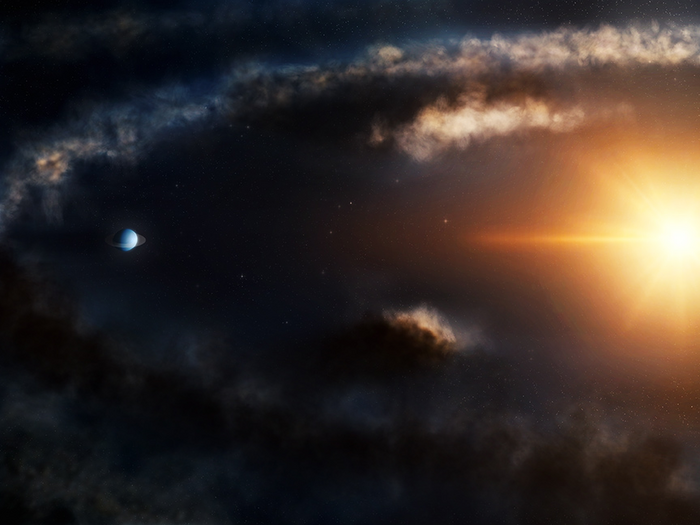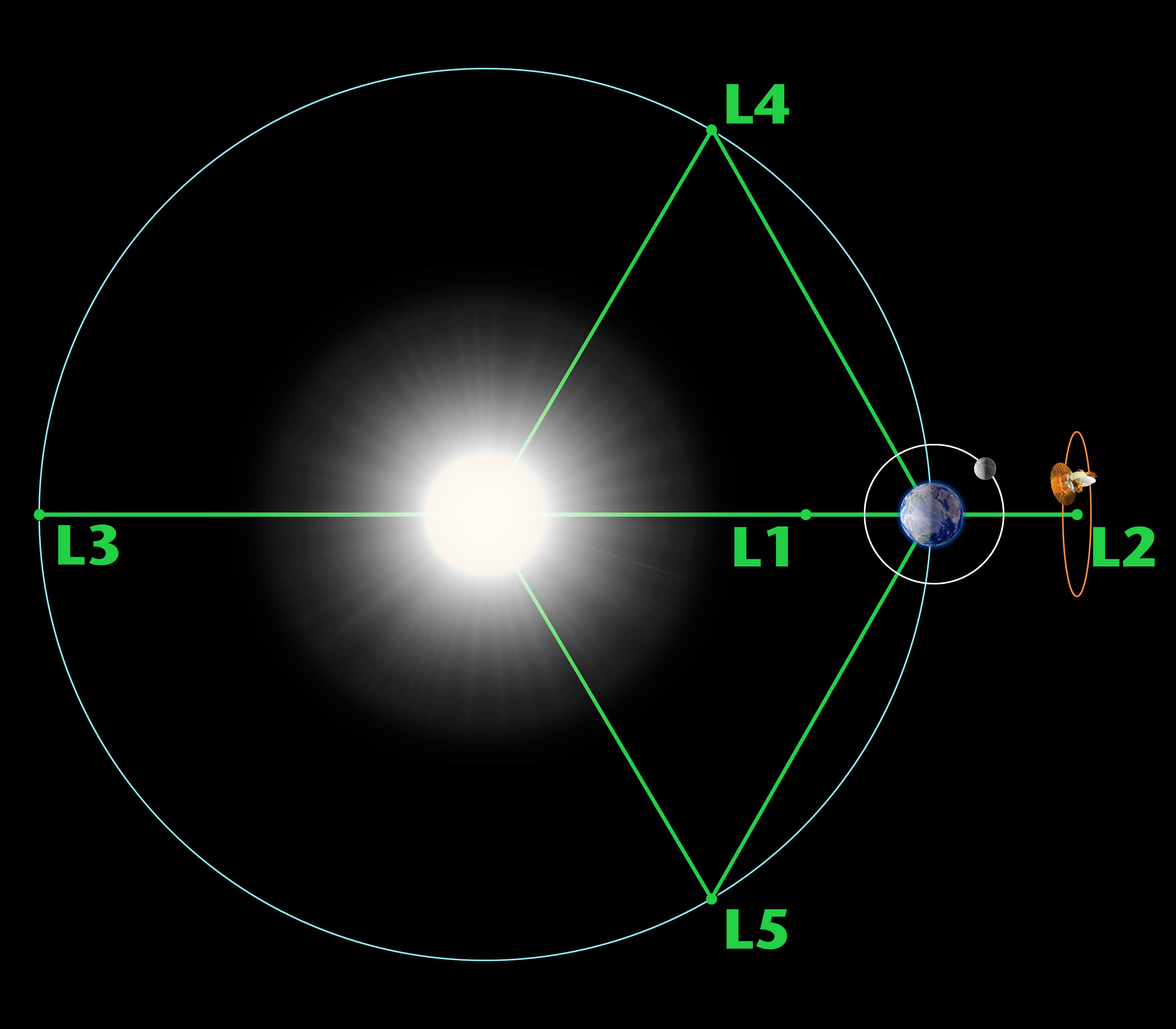Elusive newborn planets may create tell tale signs with their gravity, scientists say
A mathematical relationship between planets, stars and their gravity may help scientists detect newborn planets around young stars

Scientists may have uncovered a way to detect elusive newborn planets hiding in the disks around young stars, and it’s based on the same gravitational phenomenon that allows the James Webb Space Telescope to remain at a stable position in deep space.
Researchers at Harvard’s Center for Astrophysics have detected a likely newborn exoplanet about the size of Saturn around a star 518 light years away in the constellation Taurus, as seen from Earth. Importantly, the key to the discovery were two important signs — a clump and a crescent of material in a ring around the star, separated from each other by 120 degrees.
“That degree of separation doesn’t just happen — it’s important mathematically,” Feng Long, a Center for Astrophysics postdoctoral fellow and lead author of a new study on the exoplanet said in a press statement. The study was published Wednesday in The Astrophysical Journal Letters.
The important background is that newborn planets are very difficult to discover, and not simply because existing telescopes have a hard time directly imaging such relatively small and dim objects next to large bright stars at a great distance.
“Directly detecting young planets is very challenging and has so far only been successful in one or two cases,” Dr Long said. “The planets are always too faint for us to see because they’re embedded in thick layers of gas and dust.”
Instead researchers like Dr Long look for signs of the presence of a planet in the disk of gas and dust that orbits young stars, known as a protoplanetary disk, from which plans form.
For the current study, Dr Long used data from the Atacama Large Millimeter/submillimeter Array (ALMA), a network of 66 radio telescopes in northern Chile to take a detailed look at the structure of a protoplanetary disk known as LkCa 15. While studying an outer ring of material orbiting the star at a distance 42 times greater than Earth does the Sun, she noticed the strange clump and arc of material in their mathematically significant relationship.
“We’re seeing that this material is not just floating around freely,” Dr Long said. “It’s stable and has a preference where it wants to be located based on physics and the objects involved.”
When a massive object such as a planet orbits another, such as a star, their gravity cancels out at certain regions, known as Lagrangian points, relative to the planet. Objects entering one of these points can remain in a relatively stable position relative to a planet, orbiting the point rather than the planet.
For the Earth, the first such point, L1, exists about 1 million miles inside the orbit of the Earth, between the Earth and the Sun, while the second, L2, exists one million miles directly behind the Earth relative to the Sun. The James Webb Space Telescope orbits Earth’s L2 point, ensuring the sensitive infrared telescope always has Earth at its back as the telescope and planet both orbit the Sun in formation.

Jupiter, meanwhile, hosts two swarms of asteroids, the Trojan asteroids, at its L4 and L5 points, which sit 60 degrees ahead, and behind Jupiter along the planet’s orbital path.
The clump and arc of material Dr Long found in the protoplanetary disk LkCa 15 are likewise caught in what the researchers believe are the L4 and L5 points relative to a newborn planet, each 60 degrees away from the planet, and 120 degrees from each other.
When the researchers fed the information into a computer simulation, it also suggested the conditions were right for the presence of a planet, likely one between the size of Neptune and Jupiter and a relatively young one to three million years old.
The planet alone is an exciting discovery for the research team, according to Dr Long, but she also hopes the technique of searching for material caught in planetary Lagrangian points catches on in the field of exoplanetary science, even if it isn’t the easiest technique to implement.
“I do hope this method can be widely adopted in the future,” she said. “The only caveat is that this requires very deep data as the signal is weak.”
Join our commenting forum
Join thought-provoking conversations, follow other Independent readers and see their replies
Comments
Bookmark popover
Removed from bookmarks